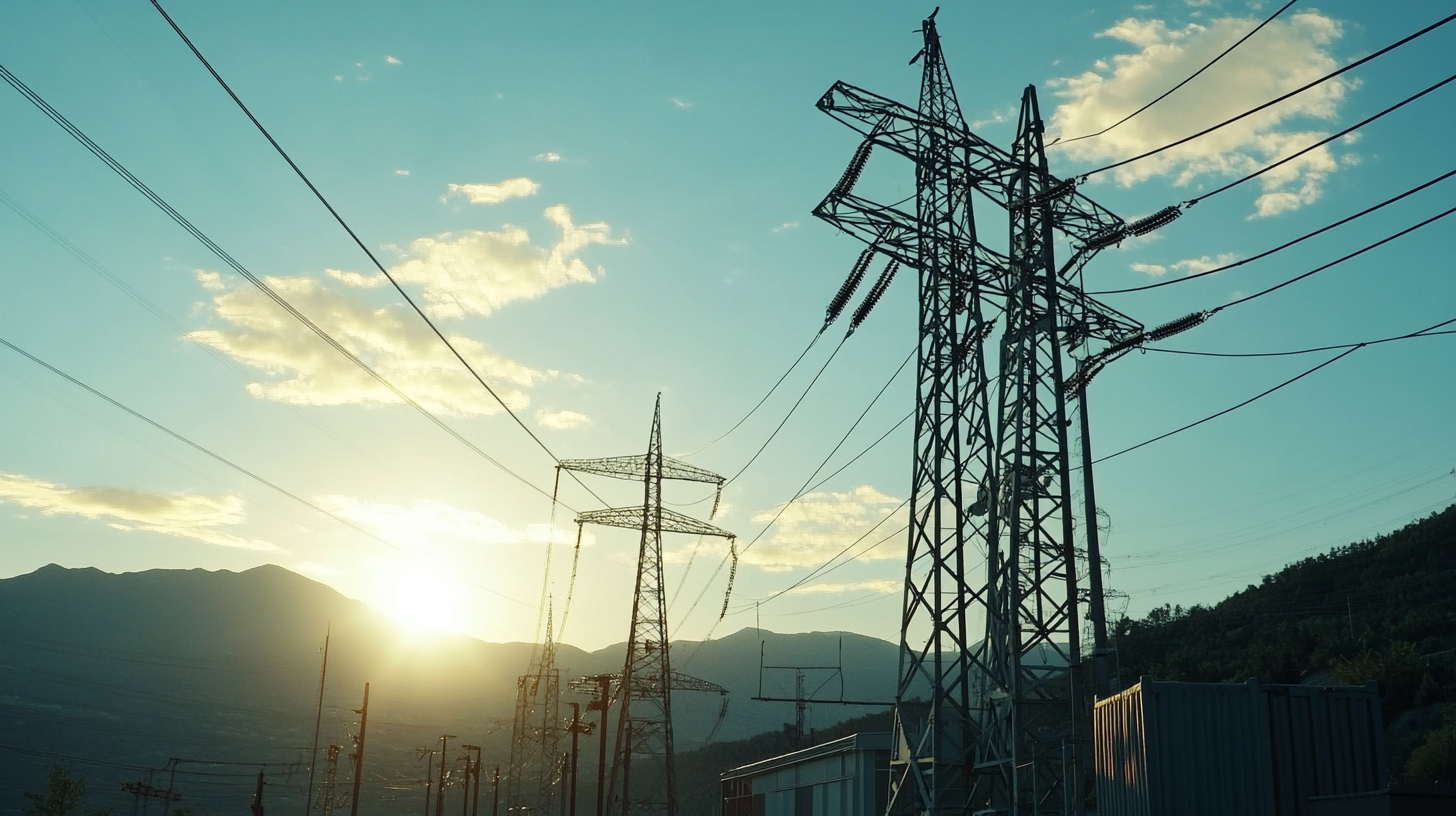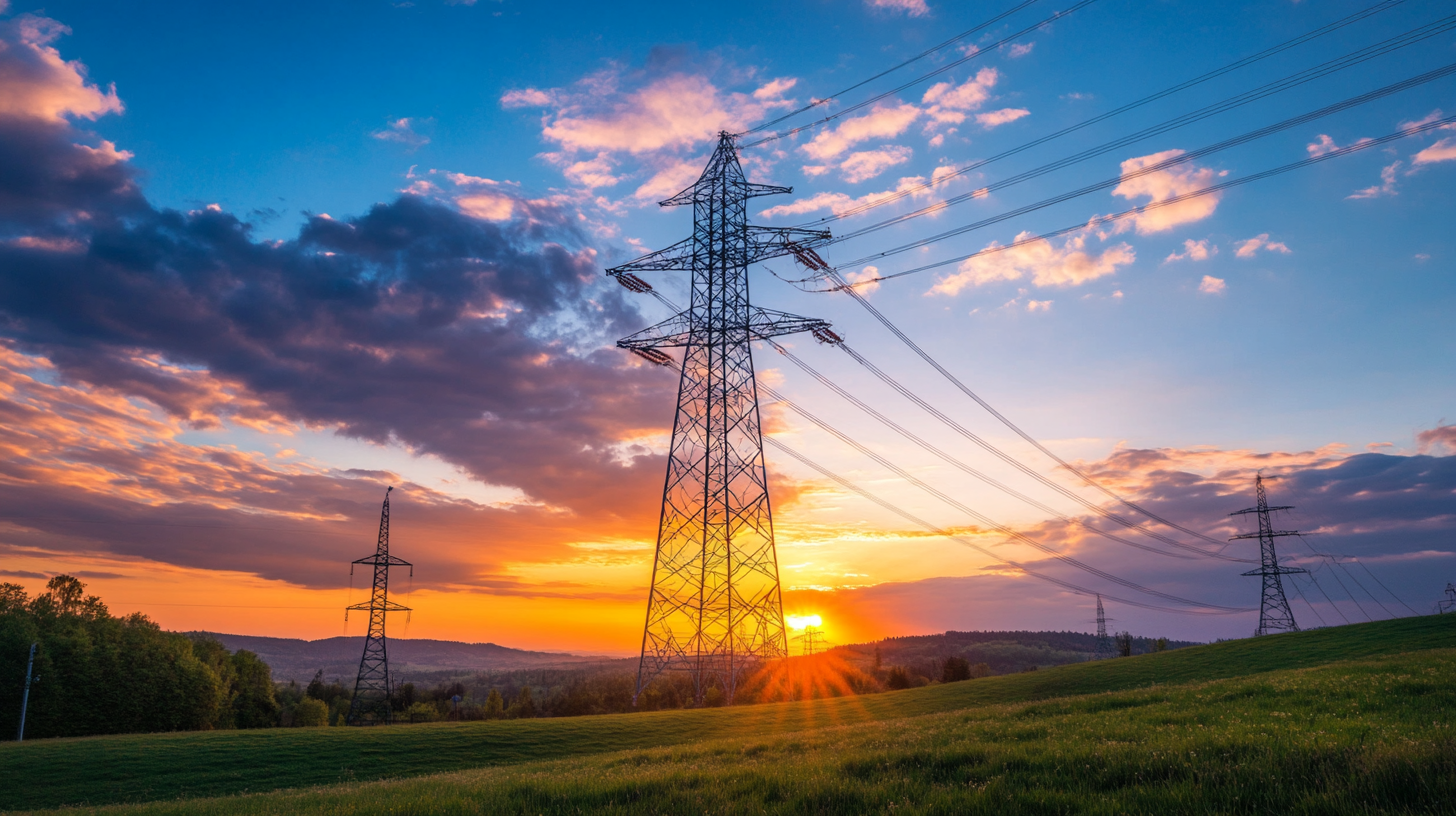In today’s rapidly evolving energy landscape, the quest for sustainable and efficient power systems is more critical than ever. With an increasing number of global buyers seeking viable alternatives to traditional energy sources, understanding the differences in Power Energy solutions has become paramount. This blog aims to shed light on the various options available in the market, comparing key features, benefits, and downsides of each solution. By providing a comprehensive analysis, we aim to equip buyers with the knowledge needed to make informed decisions that align with their energy needs and sustainability goals.
As technology advances and environmental concerns take center stage, the implications of choosing the right Power Energy solution can significantly impact both businesses and consumers alike. From solar and wind energy to advanced battery storage systems, the choices are extensive and often overwhelming. Our comparison will delve into the specifics of each energy solution, evaluating cost efficiency, reliability, and ecological impact. Whether you are a multinational corporation or a small local business, understanding these power energy options is essential for not only enhancing operational efficiency but also contributing to a greener planet. Join us as we unveil the best choices for global buyers navigating the complex world of energy solutions.

As the global energy landscape evolves, significant trends and innovations emerge that define the future of energy solutions. According to the International Energy Agency (IEA), renewable energy sources are projected to account for 80% of global electricity generation by 2030, driven by advancements in solar and wind technologies. This shift indicates not only a move toward cleaner energy but also a response to increasing demand for sustainable practices from consumers and corporations alike. One key trend is the rise of energy storage technologies. A report from BloombergNEF highlights that global investment in energy storage systems is expected to reach $620 billion by 2030. This shift is essential for integrating renewable energy into national grids, as it addresses concerns about intermittent energy supply. Innovations in lithium-ion batteries and emerging solid-state technologies are crucial for enhancing energy storage efficiency and capacity, making them vital players in this transition. Additionally, the electrification of transportation is reshaping the energy sector. The Global EV Outlook 2022 report reveals that electric vehicle (EV) sales surpassed 6.6 million units in 2021, marking a 108% increase compared to 2020. This surge indicates growing consumer acceptance and the need for robust charging infrastructure, which further propels investment in renewable energy sources. The convergence of these trends—renewable energy expansion, advanced storage solutions, and electrification—marks a pivotal moment for global energy buyers as they navigate the complex landscape seeking the best energy solutions for their needs.

The global push towards renewable energy sources is taking center stage as countries, including India and China, implement policies to embrace green technologies. India is actively encouraging the adoption of green technologies by refining its trade policies to enhance participation and opportunities in the green tech sector. This aligns with India's broader goals of advancing sustainability and reducing carbon emissions.
In China, the focus on renewable energy is underscored by ambitious carbon neutrality goals, known as the “dual carbon” targets. Significant projects, such as the solar-powered Kolan photovoltaic station in Sichuan, showcase innovative energy solutions at high altitudes. This facility stands as a testament to the feasibility of combining solar and hydropower sources to de-carbonize energy production effectively. According to recent industry reports, the solar photovoltaic sector is growing rapidly, contributing to a major percentage of the total renewable energy capacity.
Moreover, the rapid expansion of the renewable energy market is not just limited to solar. Wind energy is also making strides, as countries prioritize the establishment of diversified energy portfolios. As reported data suggests, continuous advancements in wind turbine technology and efficiency are contributing to a substantial increase in global wind energy capacity. These developments indicate a stronger trend towards sustainable energy forms, aiming for a global energy landscape where wind, solar, and other renewables could efficiently meet rising energy demands while curbing greenhouse gas emissions.

As the global energy landscape shifts towards more sustainable solutions, traditional energy sources continue to play a significant role, exhibiting both strengths and limitations that are crucial for buyers to evaluate. According to the International Energy Agency (IEA), in 2021, fossil fuels accounted for nearly 80% of the global energy consumption, illustrating their persistent dominance. The strength of traditional energy options lies in their established infrastructure, reliability, and ability to meet high energy demands. For instance, natural gas is often highlighted for its lower carbon emissions compared to coal, making it a preferred transitional fuel as countries strive to decarbonize their energy systems.
However, the limitations of traditional energy sources cannot be overlooked. Environmental concerns are paramount, with emissions from fossil fuels contributing to climate change significantly. The Global Carbon Project reported that CO2 emissions from fossil fuel combustion reached an alarming 36.4 billion tonnes in 2021, underscoring the urgent need for a shift towards cleaner alternatives. Additionally, traditional energy sources are susceptible to market volatility and geopolitical tensions, which can lead to fluctuations in supply and prices. The Energy Information Administration (EIA) predicts that, despite potential short-term gains, reliance on fossil fuels may pose long-term economic risks as renewable energy technologies become increasingly cost-competitive.
In light of these strengths and limitations, global buyers must carefully consider their energy procurement strategies. While traditional energy options may offer reliable short-term solutions, the long-term sustainability of energy systems increasingly depends on integrating renewable sources. As the world moves towards a greener energy future, the balance between immediate energy needs and sustainable practices becomes crucial, prompting buyers to reassess their choices in light of evolving technological advancements and regulatory frameworks.

In today's rapidly evolving energy landscape, understanding the cost implications of various power solutions is crucial for global buyers. According to the International Energy Agency (IEA), renewable energy technologies, such as wind and solar, have seen significant reductions in cost. The levelized cost of electricity (LCOE) for onshore wind projects has dropped by 49% since 2010, making it one of the most competitive energy sources. Solar PV has also experienced a drastic cost decline of 89% over the same period, transforming it into an economically viable option for many regions around the globe.
However, the initial investment for renewable energy infrastructure can still be substantial. According to the Lazard's Levelized Cost of Energy Analysis, while renewables are increasingly cheaper, the upfront capital required for installation and maintenance remains a key factor affecting buyer decisions. Buyers need to consider not only the LCOE but also potential long-term savings on operational costs, as renewable sources typically require lower maintenance than fossil fuel-based power plants.
Furthermore, transitioning to renewable energy can be influenced by regional policy frameworks and incentives. A report from the World Bank indicates that countries with strong government support for renewables can achieve faster cost reductions through increased market competition and technological advancements. Understanding the local market dynamics, regulatory environment, and potential subsidies can significantly affect the total cost of ownership and long-term viability for buyers considering power energy solutions.
The landscape of energy solutions is shifting rapidly, with sustainability and scalability emerging as crucial factors for global buyers. In an era where environmental concerns take precedence, selecting energy sources that align with sustainability goals is no longer a mere preference but a necessity. Buyers must prioritize options that minimize environmental impact while maximizing energy efficiency. Renewable energy sources, such as solar and wind, not only provide cleaner alternatives but also contribute to a reduction in carbon footprints, rewarding consumers with both ethical satisfaction and potential cost savings.
Scalability also plays a vital role in determining the best energy solutions for future needs. As global demand for energy continues to grow, the capability to expand energy infrastructure without extensive overhauls becomes increasingly important. Solutions such as modular solar installations and battery storage systems allow for flexible scaling, enabling buyers to adapt to changing energy demands without compromising on sustainability. This adaptability ensures that investments in energy technology remain viable and effective over the long term, aligning with both immediate operational needs and future market trends.
Ultimately, the convergence of sustainability and scalability defines the energy choices available today. Global buyers must evaluate not only the current efficiencies of their energy solutions but also their potential to evolve alongside technological advancements and regulatory requirements. As the focus shifts toward a more sustainable and adaptable energy future, informed decision-making will be essential to ensure that investments in energy are made wisely.